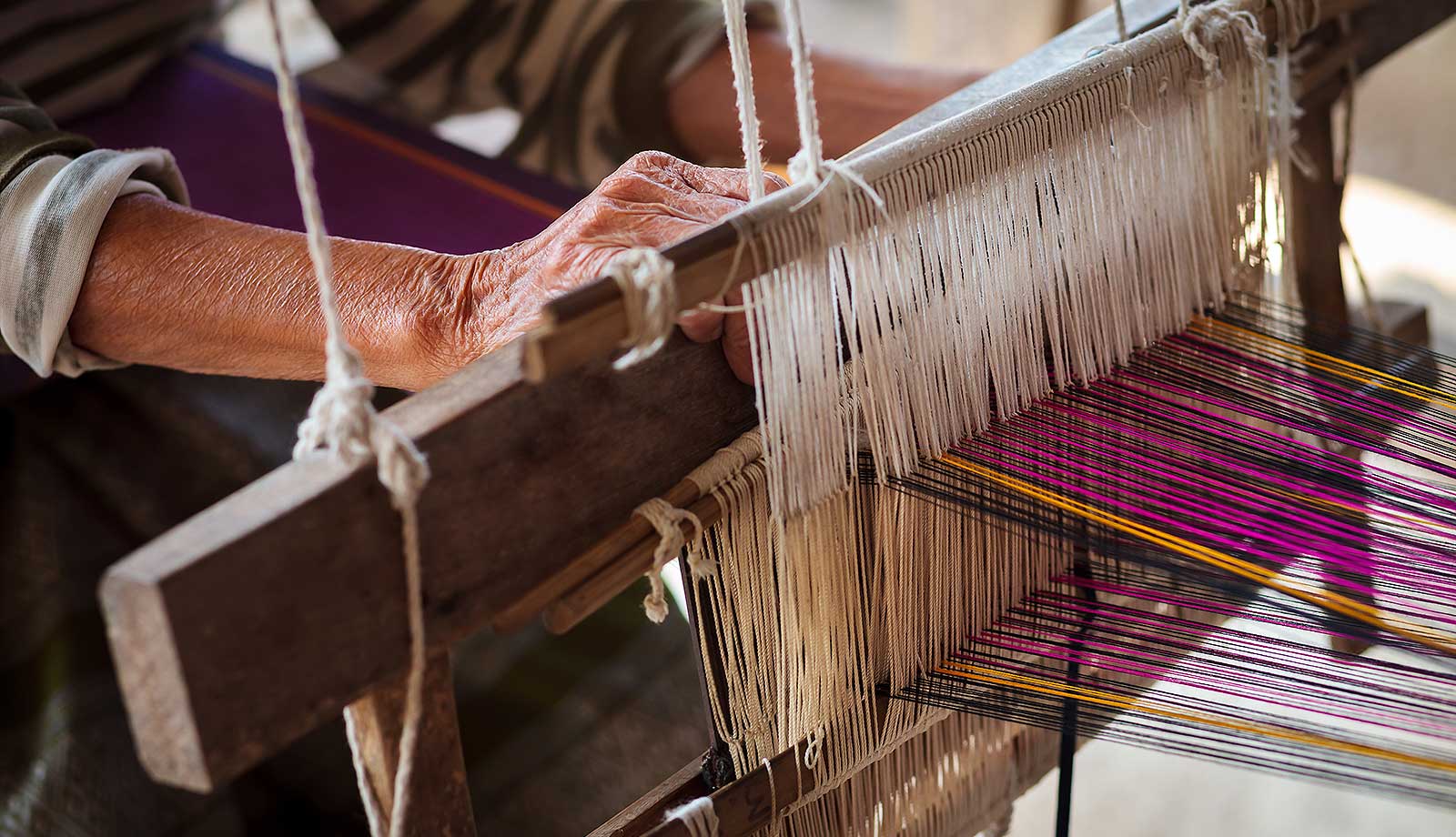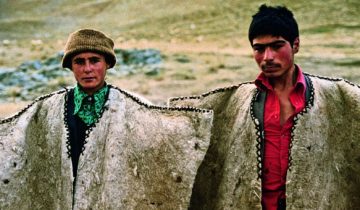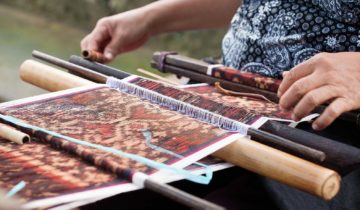Kilims in Anatolia last forever and as a result really appreciate over time, just another thing to go along with their incomparable beauty. In fact, most kilims grow prettier over time. Maintenance is relatively easy as well, which make kilims a fantastic thing to place either in your house or at your office both for the usage you’ll get out of them and for the value that will only increase over time.
How to Approach Kilims
Judging the quality of a kilim can be quite a challenging prospect, so it’s best to deal with a reputable dealer who has significant knowledge of his subject. In general it’s best to avoid “crazy discounts” as those represent kilims that have been rejected by others in the industry.
Price of Kilims
Kilims, thankfully, come in all shapes, sizes, and price-ranges. Kilims are typically made using all-natural fibers like wool or cotton but the differences in size and use and other factors mean there is typically something for everyone. Decide what sort of price-range you’re looking at when deciding on which kilim to purchase.
Size
Remember that a kilim doesn’t have to be big just because that’s either better or more expensive, but what matters is where you plan to place it and how it will fit in that setting. Hallway kilims, for example, shouldn’t be so small that they’re dwarfed by the space and shouldn’t be so big that it almost covers the whole floor. Think about where you plan to put the kilim and then use that as a guide for what size (and shape) you’re looking for.
Material
Most kilims are made out of either wool, cotton or silk, with wood being the most common for tribal and nomadic-based kilims. All-natural products will always have a beauty and value (not to mention durability) that synthetic materials can only aspire to. Wood, of all these, is the easiest to clean as well as the longest-lasting. Silk kilims tend to be more vulnerable despite their obvious shine and beauty.
Wool
Not all wools are created equal. Wool from sheep that graze in higher pastures tends to be a finer wool, but also the part of the sheep the wool is shorn from is relevant. Wool from the neck and belly tend to be finer. The wool that is most desirable is live wool, which is sheared off a live animal compared with deal wool. Dead wool tends to be rougher and without the natural oils of live wool.
Make sure you don’t steam clean or dry clean handmade wool kilims. Steam cleaning makes the wool less oily and basically makes live wool become something more akin to dead wool. The rug may look cleaner when steam cleaned, but the difference becomes more apparent over time and once you’ve done it you can never take it back. Dry cleaning is a chemical process that also can affect a handmade wool rug in the long term.
Often times other kilims are passed off as silk but are actually rayon or mercerized cotton. Wool is sometimes acrylic in reality. Anything can be written to sound incredible. Make sure that you really do the research and know what the product is. If the material isn’t mentioned or synthetic material is made to sound superior then just know that it has neither the value nor the durability of a kilim out of natural fibers.
The way to check whether a silk rug is, in fact, silk is to burn a small piece of it. If it leaves a little stem, then it’s silk. If it falls apart then it’s rayon. “Art silk” and “artificial silk” are common terms in the industry to represent something as silk that isn’t. Indian, Chinese and Pakistani rugs specialize in this kind of deception, so be careful!




 No products in the cart.
No products in the cart. 